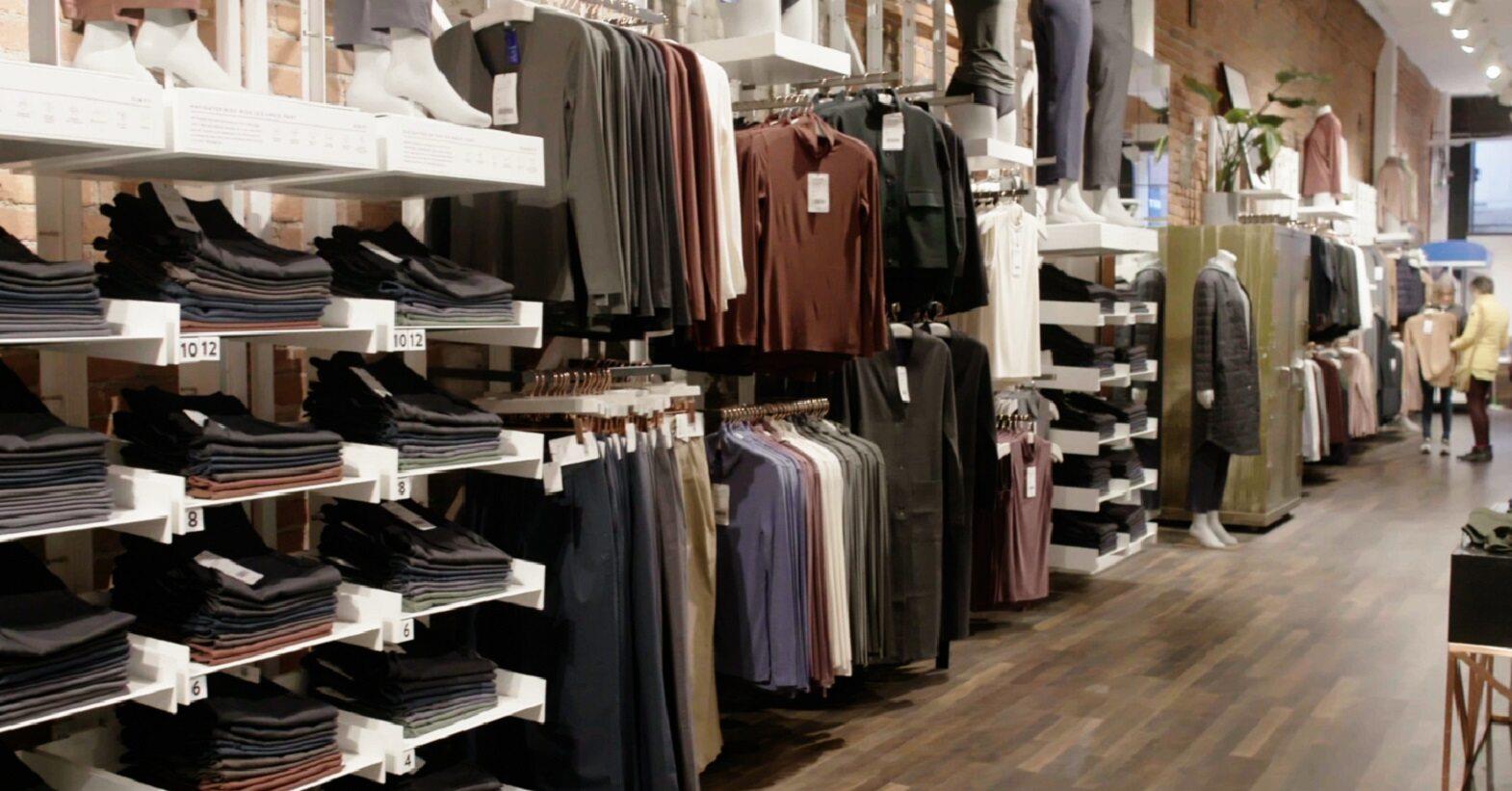Finding value in textile waste is not only a mindset, but also a business model – and one that can have a meaningful positive impact on a company’s bottom line as well as our environment as a whole. But where do we start?
A pile of stuff: excess goods that have been returned, damaged, or there’s simply too much of. Every apparel and footwear brand has this ‘pile of stuff’ - it is inevitable, but how we choose to recover value from these products with minimal impact to the environment is the key to a circular system.
Innovative Tech and Textile Sortation
A pivotal component to maximising the value of excess inventory is sorting and allocating textile products at its highest value—be it through reuse, recycling, repair, or recovery—and preparing it for its ‘next life.’ We refer to this process as next-life logistics, which embodies systems of sustainability that bridge the gap between a traditional linear economy with a circular economy, where waste is the new raw material.
At the moment, most textile sortation is done manually. While humans are capable of sorting textiles with accuracy, this process lacks efficiency, scalability, and is not economically or environmentally viable. Thankfully, we are currently in an era where innovative technologies are emerging to tackle these issues head on, which can be used at a scale to meet the needs of the industry.
There are critical and complex challenges with textile sortation that can be solved more efficiently through the use of advanced technologies:
• Sorting by brand, category, style, colour, condition and material type (with or without tags).
• Identifying the presence of irritants or contaminants.
• Removal of irritants and contaminants.
• Damaged or used items in various conditions.
• Accurately analysing product data, if available
Debrand’s tech-enabled sorting accurately identifies, sorts, grades, and allocates returned, damaged, and surplus goods. The system incorporates business needs, sustainability goals, and product specifications while also considering the criteria and parameters set by next-life solutions (textile resale, donation, repair, recycling, and responsible disposal).
While these technologies can help meet current critical needs in the fashion industry, the next step in the process of circularity is creating a collaborative and inclusive ecosystem.
Harnessing an Ecosystem of Innovative Technologies
Digital product identification companies play an important role in creating a sustainable circular system. Organisations like EON5 ensure that product data is digitised and embedded in each product, a catalyst for circularity. By creating a digital identity for each product, EON can leverage their cloud computing system to identify a product’s materials and components, which aids in assessing its next-life path.
Another organisation that is using technology for recycling post-consumer waste is Coleo6. Through automating traceability of a material’s origin and quality throughout the product’s lifecycle, Coleo revives unwanted textiles into new products. Their innovative machines process around 5000 tons of material annually, creating further potential for textile circularity.
As the industry continues to embrace new technologies, efficiencies will improve over time as machine learning improves. The environmental benefits that result from these textile sortation methods are immense because it will lead to overall waste reduction and alleviate the consumption of crucial raw materials and other natural resources.
Enabling Systems of Sustainability
Next-life logistics incorporates innovative technologies to help brands extend the life of their products, and the precious resources used to make them. It offers the best opportunity for a company to maximise each textile’s economic value while still maintaining environmental integrity. Moreover, next-life logistics can help pinpoint why certain materials can not be recycled. By gathering and sharing this information up the supply chain with designers, more awareness can be conveyed to avoid creating products that will end up in landfills.
The overall goal is to create systems of sustainability which will help brands source, sell and sort their products for maximum capital gains. This crucial step of finding the worth in waste offers the fashion industry a real opportunity for true sustainability.
Technology can Course Correct
While the journey towards a circular fashion economy and a true system of sustainability seems long, the advanced technology that is emerging is incredibly encouraging and worth harnessing for further uses. A strong shift towards change requires a strong spirit towards collaboration and innovation.
The key to this shift is ensuring that apparel brands understand value in the investment they are making both for the planet as well as the economic value they will see on their bottom line. If the industry can boost textile sortation on a global scale, the benefits will extend across the fashion supply chain.








Comments